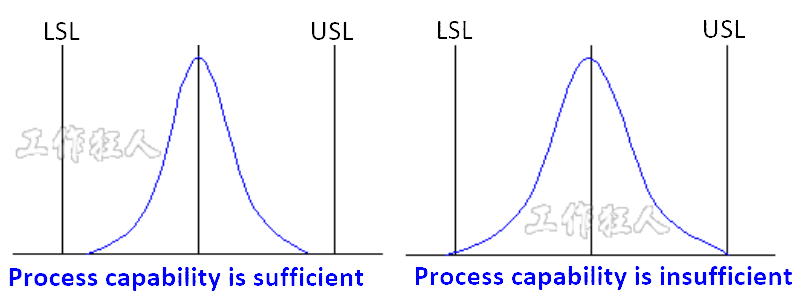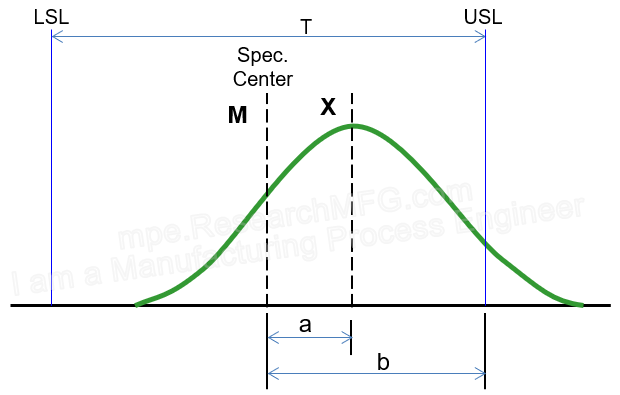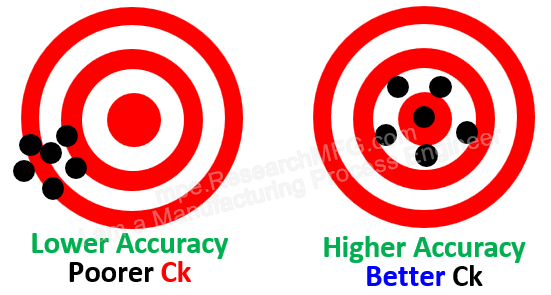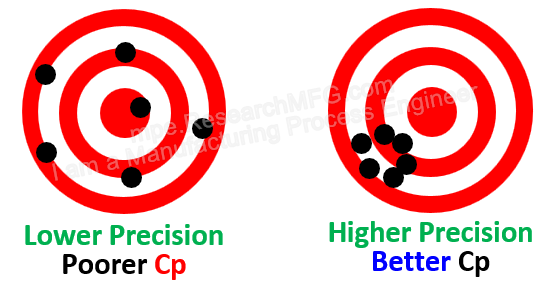
Personally, Workingbear think this process capability improvement flowchart is quite well-organized, so I cleaned it up a bit and decided to share it with everyone.
Please note: Before implementing Statistical Process Control (SPC), the process conditions must first be quantified. In other words, you need to find a way to turn the factors that affect product quality into measurable or countable data.




